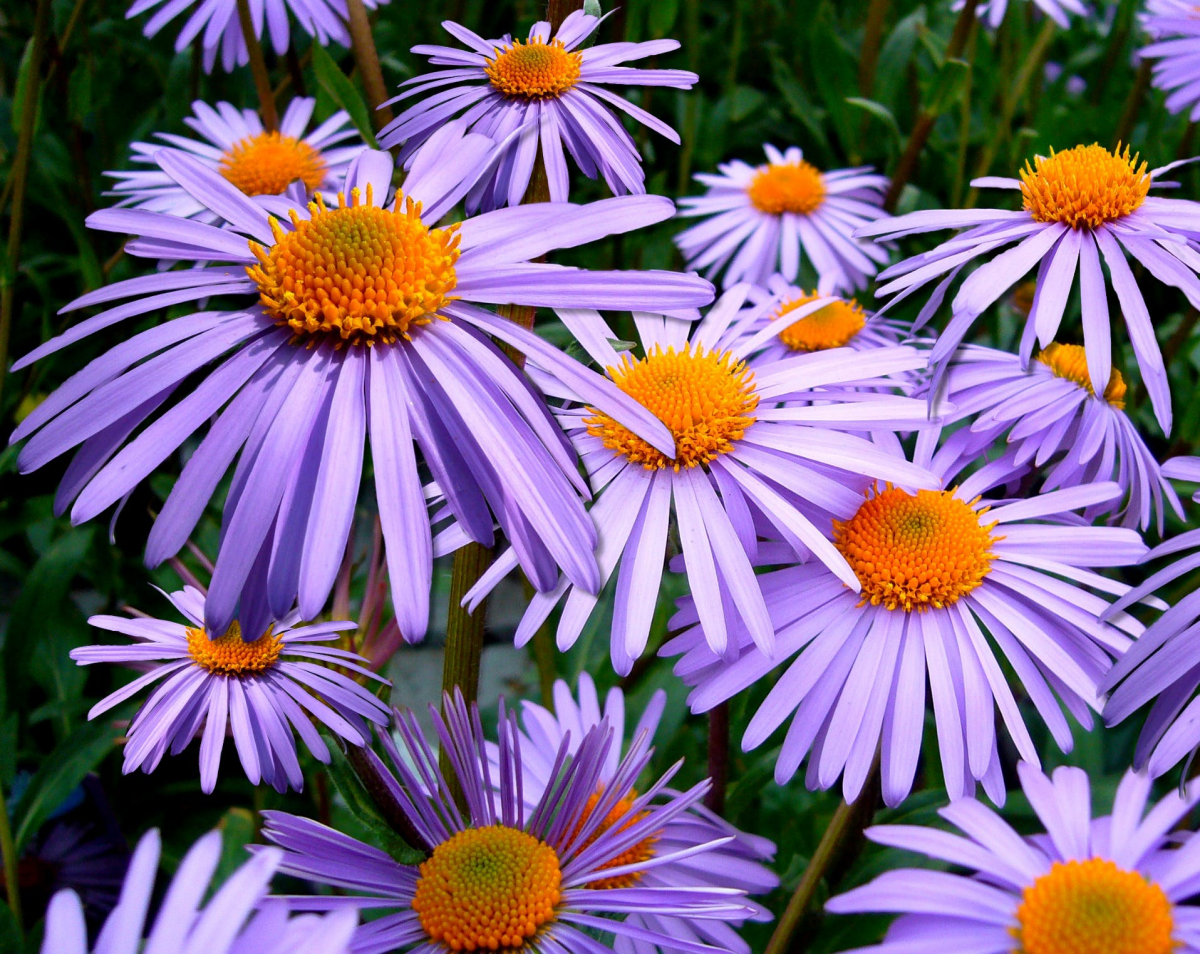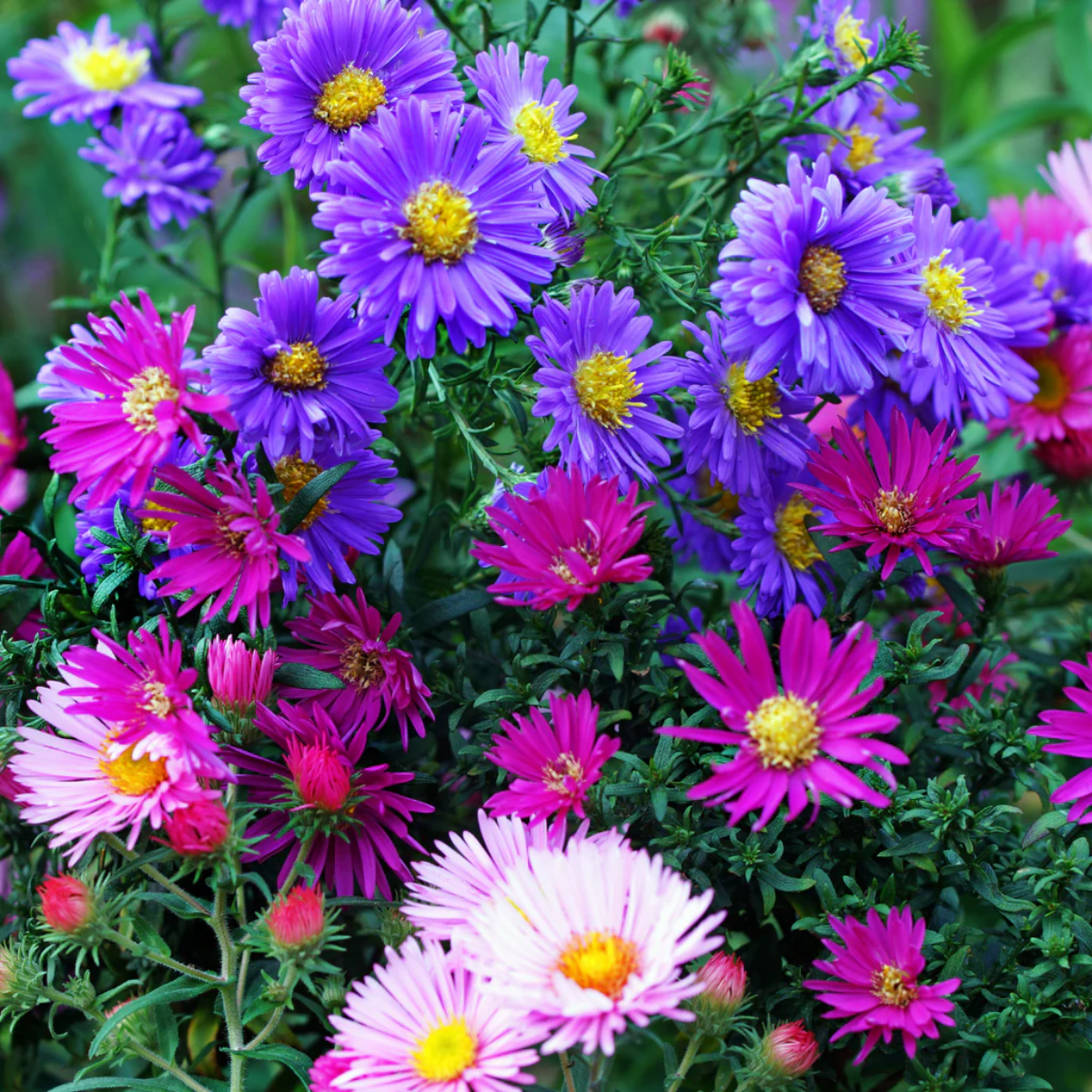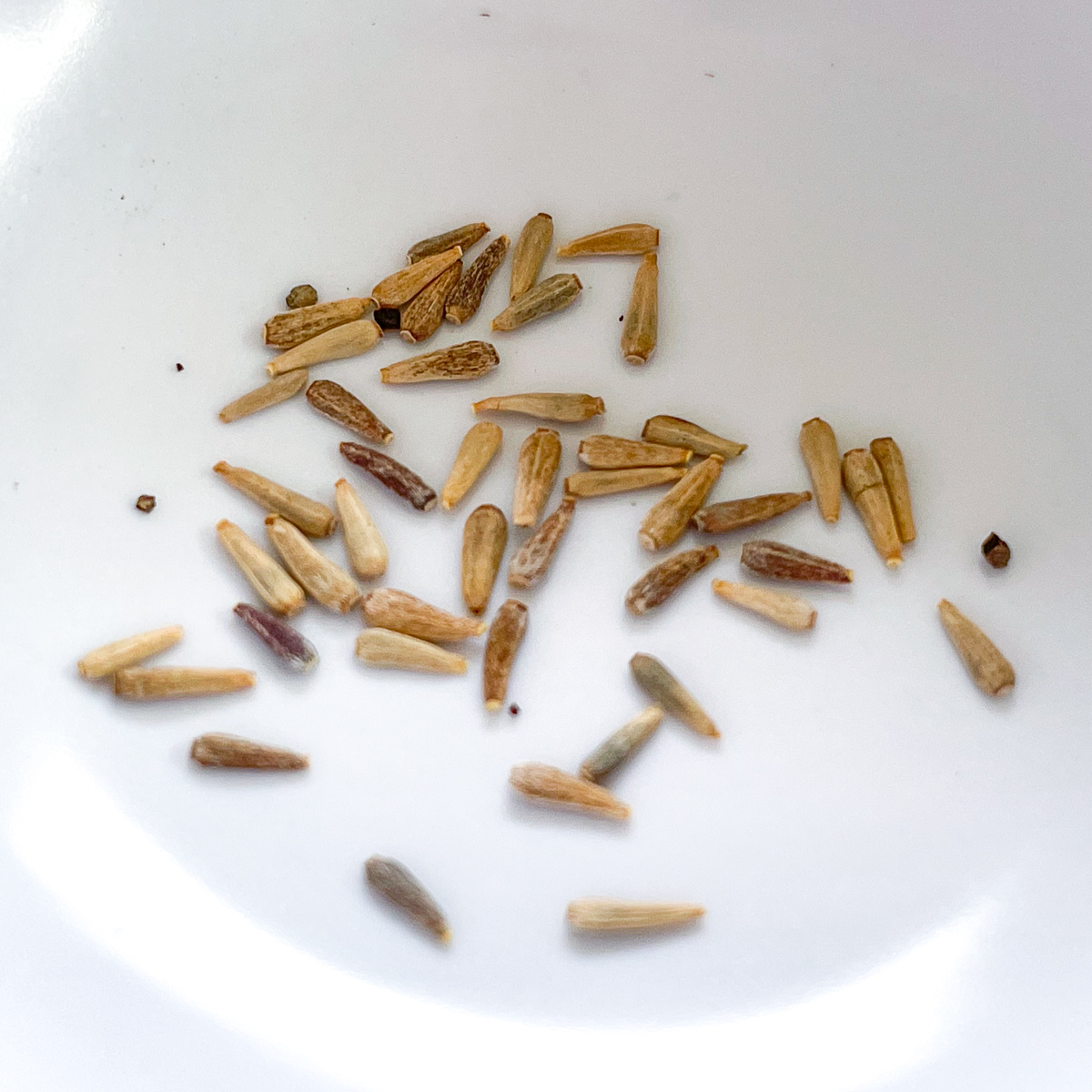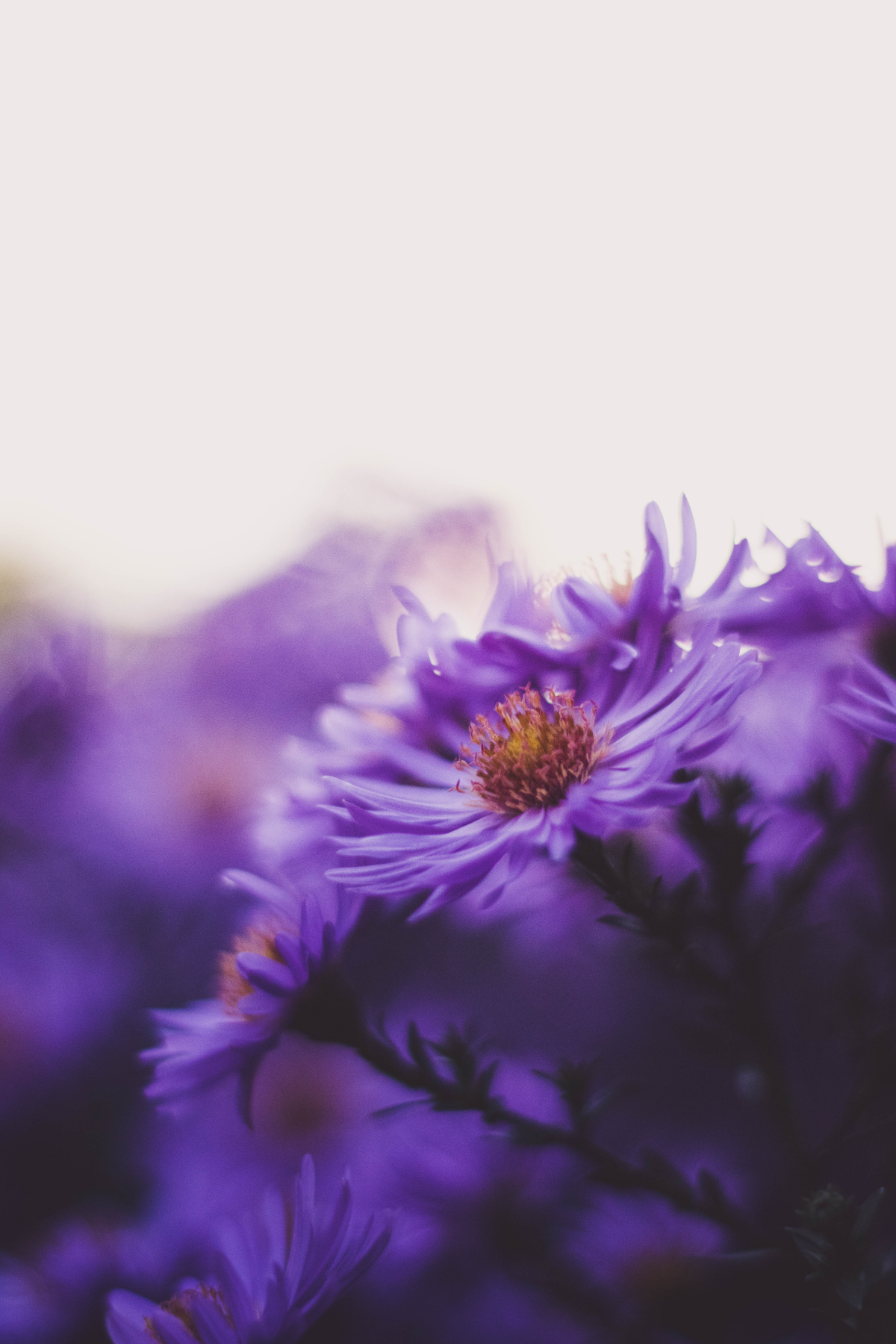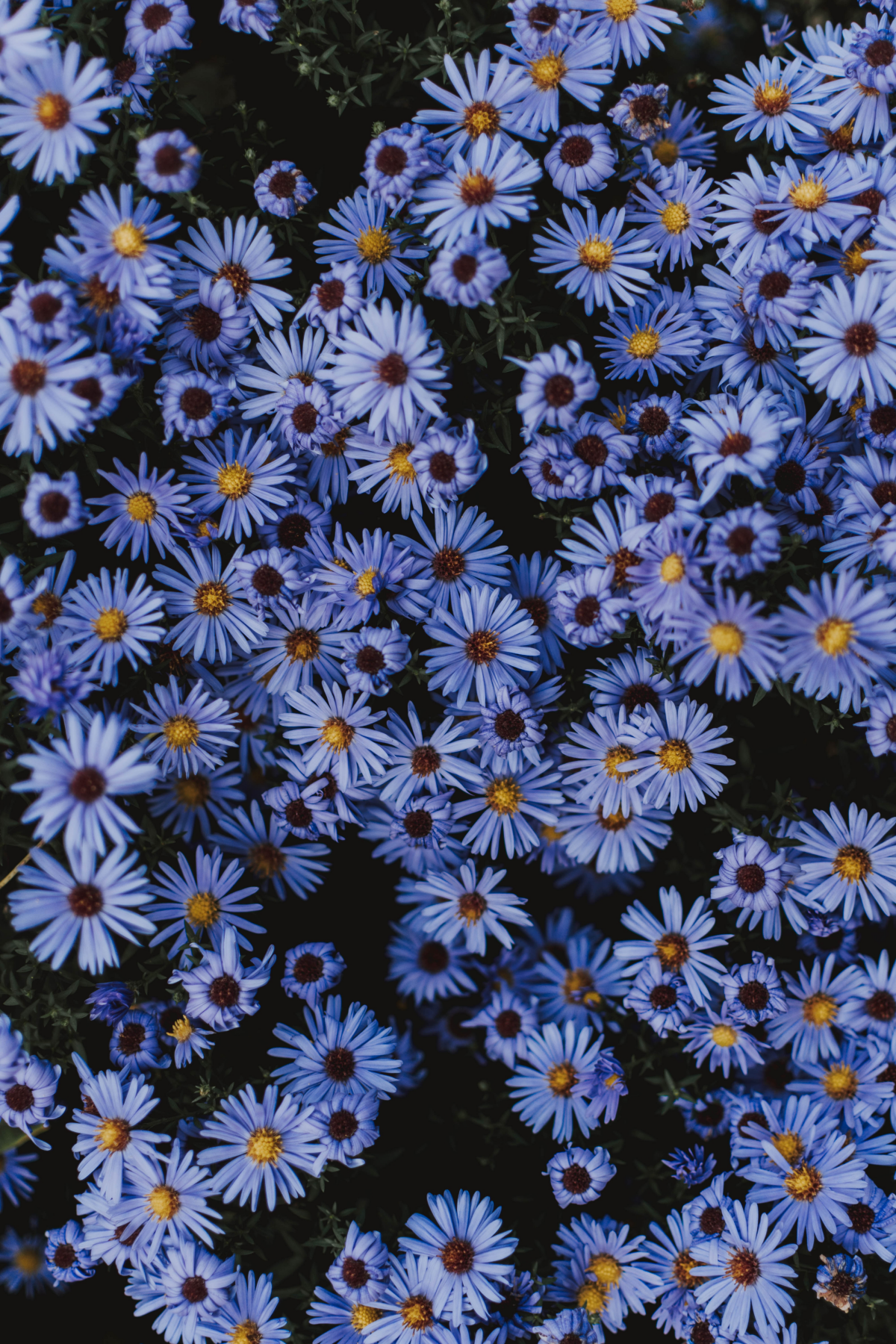The Stunning Aster Flower: Ultimate Care Guide
Asters, with their star-shaped blossoms and diverse palette, are a gardener’s delight, bringing a burst of color to gardens during the late summer and autumn months. These perennial beauties stand out in a garden landscape, offering a variety of hues that range from deep purples to delicate pinks, injecting life and vibrancy as other flowers begin to fade. More than just their aesthetic appeal, asters are crucial in sustaining the garden’s ecosystem by attracting an array of pollinators, including bees and butterflies. Their adaptability and relative ease of care make them a favored choice among garden enthusiasts, whether they are beginners or seasoned green thumbs. Asters are not merely plants. They are a celebration of life, adding a touch of whimsy and color, and transforming garden spaces into a canvas of vibrant hues. So, read on to learn how to take care of an aster flower like a pro.
These perennial beauties stand out in a garden landscape
In this article
How To Take Care of An Aster Flower
Asters are notable for their charming daisy-like flowers, characterized by a central disc that often presents a striking contrast to their colorful petals. This distinctive feature, along with their size and color variations, makes them a standout addition to any garden. The range of aster varieties is impressive, from the petite Alpine aster, ideal for rock gardens, to the statuesque New England aster, which can serve as a stunning backdrop in garden beds. Each variety offers something special, whether that be its size, shape, or color spectrum, which includes shades from the most delicate of whites and pinks to the deepest of purples and blues. The versatility and diversity of asters mean that there is an ideal type for every garden design and color preference, making them a must-have for gardeners looking to add a splash of color and charm to their outdoor spaces.
The range of aster varieties is impressive
Find the right spot
Selecting an appropriate location is crucial for nurturing healthy, vibrant asters. These flowers thrive in an environment that strikes a perfect balance between sunlight and shade. The ideal spot for asters is one that bathes in the gentle morning sun yet finds respite in the cooler, shaded afternoons, particularly in regions with hot climates. Such conditions ensure that asters receive the necessary sunlight for growth and blooming while being protected from the potentially harsh effects of intense afternoon heat. Conversely, planting asters in an overly shaded area can impede their blooming potential and increase their susceptibility to diseases. The key to successful aster cultivation lies in finding a location that provides the right mix of light and shade, creating an optimal environment for these delightful flowers to flourish.
Selecting an appropriate location is crucial for nurturing healthy plants
Prepare the soil
For asters to truly thrive, the right soil preparation is essential. These plants prefer a soil environment that is well-draining yet rich in organic nutrients. Incorporating organic matter such as compost or well-rotted manure into the soil not only improves its fertility but also enhances its structure, making it conducive for aster growth. Adjusting the soil’s pH to be neutral or slightly acidic can also create more favorable growing conditions. This preparation results in a nutrient-rich, well-draining soil mix that provides a strong foundation for asters, enabling them to establish robust root systems and produce an abundance of vibrant blooms. By dedicating time and effort to preparing the ideal soil environment, gardeners can significantly increase their chances of cultivating a lush and colorful display of aster flowers.
These plants prefer a soil environment that is well-draining
Plant the seeds
Planting aster seeds is an exciting step in the journey of growing these charming flowers. The best time to sow aster seeds is late winter to early spring when the threat of frost has passed. Lightly covering the seeds with soil and ensuring they are spaced about 1 to 2 inches apart allows each plant enough room to grow and flourish. The depth at which you plant the seeds is crucial. A shallow planting ensures that they receive enough light and warmth to germinate effectively. Consistent watering is vital during this stage, keeping the soil moist but not soggy to encourage healthy seedling growth. This careful balance of planting depth, spacing, and watering sets the stage for a garden filled with vibrant aster blooms.
The best time to sow aster seeds is late winter to early spring
Caring for young aster plants
The care given to young aster plants is critical to their development. Consistent watering, especially during dry spells, is key to ensuring the young plants establish themselves. It’s important to strike a balance with watering. The soil should be kept moist to encourage growth but not waterlogged, which can lead to root rot. When it comes to fertilization, a light hand is needed. A balanced fertilizer applied sparingly in the early stages of growth provides the essential nutrients for robust development. Over-fertilizing can result in lush foliage at the expense of blooms. Monitoring and adjusting your watering and fertilization practices as the plants grow helps ensure your young asters mature into strong, flowering plants.
Consistent watering is key to ensuring the young plants establish themselves
Pruning and maintenance
Pruning and maintenance are crucial for the health and beauty of any aster flower. Regularly deadheading spent flowers encourages the plant to produce more blooms, enhancing the garden’s aesthetic appeal. Pruning should ideally be done in early spring before new growth begins. Removing last year’s growth allows for better air circulation and reduces the risk of disease. This process not only maintains the desired shape of the plant but also promotes healthy new growth. Proper pruning techniques ensure your asters remain vibrant and healthy, contributing to a more visually appealing garden.
Pruning and maintenance are crucial for the health and beauty of aster plants
Pests and disease control
Despite their resilience, asters can be susceptible to certain pests and diseases, such as aphids and powdery mildew. Regular monitoring of the plants can help detect and manage these issues early on. Using organic control methods, like applying neem oil for pests and practicing good sanitation, can effectively protect your asters without harming the environment. Additionally, it’s important to water asters at the base to prevent moisture accumulation on the foliage, which can lead to fungal diseases. Adopting these organic solutions not only safeguards your asters but also promotes a healthier, more sustainable garden ecosystem, benefiting both your plants and the local environment.
Regular monitoring of the plants can help detect and manage issues early on
Encouraging blooming
Encouraging a lush display of blooms in asters involves understanding their specific needs and responding accordingly. Adequate sunlight is crucial. Asters need several hours of direct sunlight to produce the energy required for blooming. Equally important is consistent watering, ensuring the soil remains moist but not waterlogged, as this promotes healthy root development and flower production. Fertilization plays a pivotal role as well. A balanced fertilizer applied in the early growth stages can boost flowering. Pinching back the tips of young asters in early summer encourages bushier growth, leading to more blooms. Timing is also a key factor. Most asters flower in response to shorter days, so late summer to autumn is when they’re at their peak. By following these tips and understanding the blooming patterns of asters, gardeners can enjoy a vibrant and continuous floral display.
Asters need several hours of direct sunlight to produce the energy required for blooming
Propagating asters
Propagating asters is a rewarding way to expand your garden’s display. Division, the most common method, involves separating mature plants into smaller sections, each with a healthy root system. This technique rejuvenates older plants and increases the number of plants. The best time for division is in the early spring or after the flowering season in autumn. Carefully digging up the plant, dividing it at the root, and replanting the sections at the correct depth can lead to successful propagation. Regular watering and light fertilization after division help the new plants establish themselves. By following these steps, gardeners can effectively propagate their asters, leading to an even more splendid garden display in the following seasons.
Propagating asters is a rewarding way to expand your garden’s display
Common aster issues
Growing asters can sometimes present challenges, such as stunted growth, lack of flowering, or leaf discoloration. Stunted growth may be a result of poor soil conditions or insufficient sunlight, while lack of flowering can occur due to over-fertilization or incorrect planting depth. Leaf discoloration often signals nutrient deficiencies or pest infestations. Addressing these issues might involve adjusting watering practices, improving soil conditions, or applying appropriate pest control measures. Consulting local gardening experts or extension services can provide tailored advice and solutions. With the right approach and understanding of these common issues, gardeners can effectively manage and overcome these challenges, ensuring their asters remain a vibrant and healthy part of their garden.
Growing asters can sometimes present challenges
Cultivating the beautiful aster flower brings a rewarding experience filled with vibrant colors and life to any garden. The process of growing these charming flowers is a journey of learning and adaptation, offering immense satisfaction as you watch them flourish. Sharing your experiences, triumphs, and challenges with other gardening enthusiasts can be incredibly rewarding. Whether through community groups, gardening forums, or social media, exchanging tips and stories fosters a sense of community and shared passion for gardening. Your journey with asters can inspire and guide others, contributing to a wider appreciation and understanding of these delightful flowers. So, as you reflect on your experiences with asters, consider sharing your story and encouraging others to embark on their own aster-growing adventures.
Now you know how to grow a thriving aster flower
